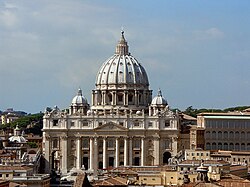In the sixteenth century, Philip II moved the court to Madrid, first established a law that lasted until 1860 and forced the inhabitants of the city to stay at home to members of the Court, thus solving the problem of ambassadors hosting, servers, staff, etc.
For this, a charge created called "regalia room" which forced homeowners tiered to give the other plants, for free, to those members of the Court.
For centuries, most of the houses in Madrid, except the floors of the Plaza Mayor, had only one plant. Consequently, the locals began building houses on one level, not to fulfill this obligation.
These houses were calls "uncomfortable sharing" and that rogue Madrid, so often emerges, dubbed "houses to malice" because maliciously sought ways to avoid the tax.


The two-story houses were camouflaged for inspection, allocating apparently stable ground floor, the first housing and the second loft, but in reality all rooms used for living.
But also, there was another reason. The first floor belonged to the king, which he could sell it to whoever wanted. If the owner had money, I bought the king but if he had, it was preferable to build a house with one floor.
It is estimated that at the beginning of the sixteenth century was in Madrid a few thousand "houses to malice", causing an overpopulation problem within a confined space that was limited by a surrounding wall.
The days of the Royalty of Chamber have been forgotten, fortunately today Madrid grows, perhaps exaggerated in size and height, it seems that you can not stay stagnant. At the top of the Paseo de la Castellana we have built four skyscrapers, some in various stages of completion Advanced, which are the highest in Madrid, are: Torre Caja Madrid, Sacyr-Vallermoso Tower, Crystal Tower and Torre Espacio.





